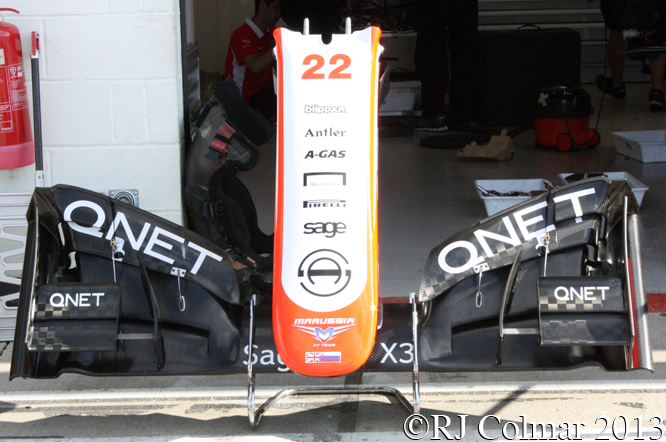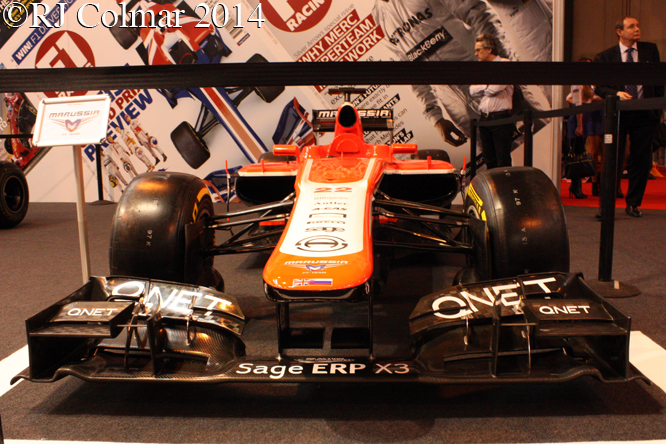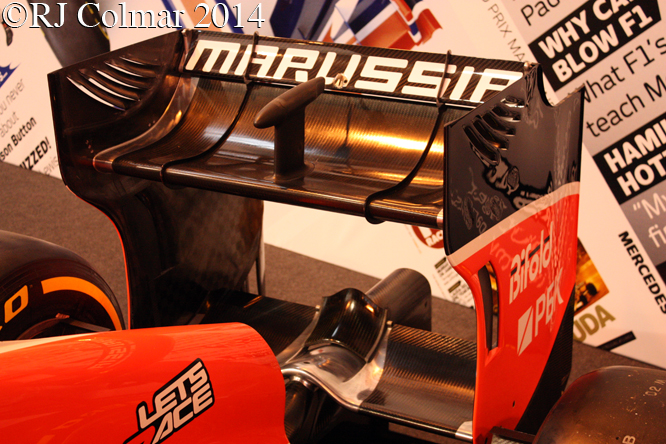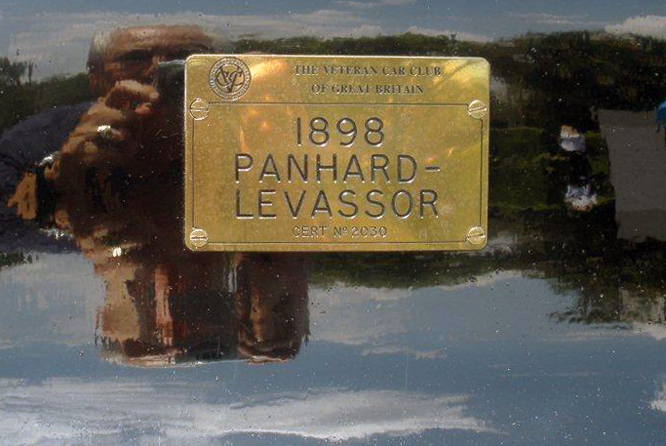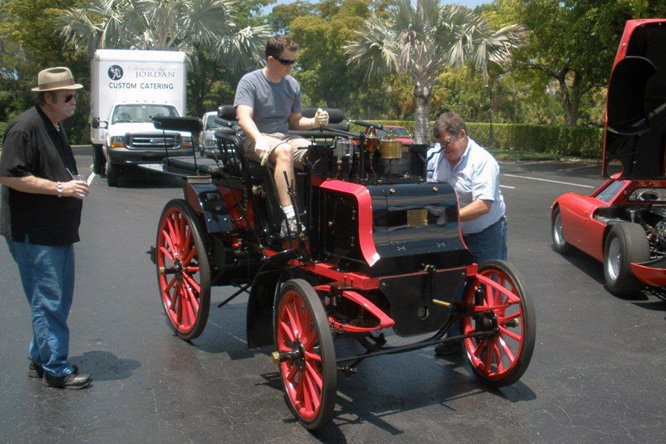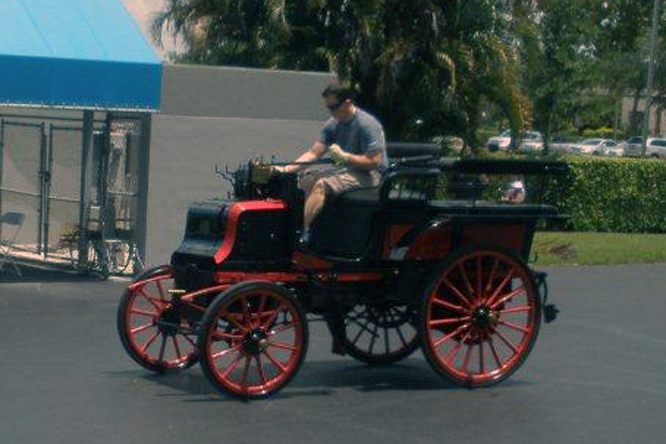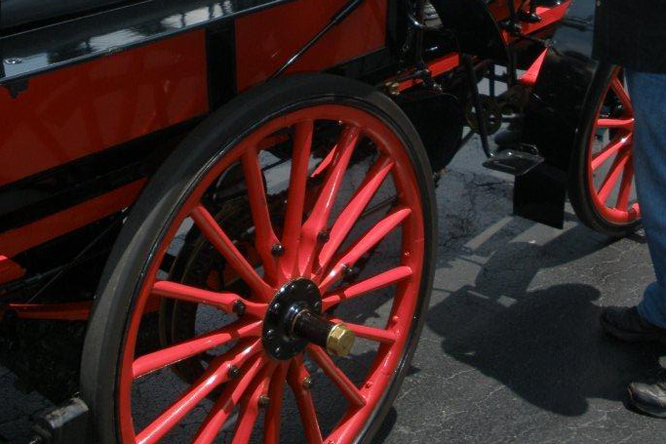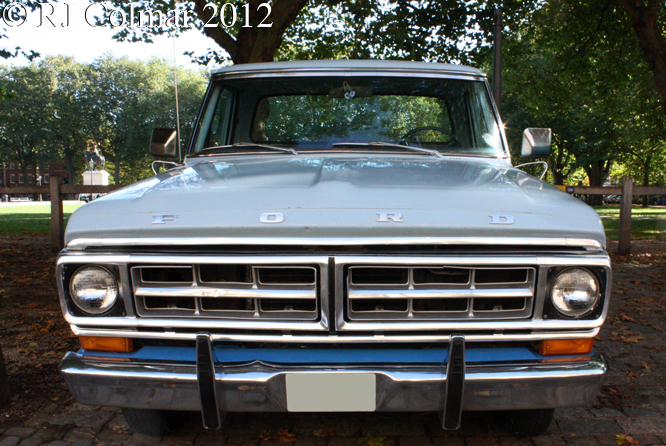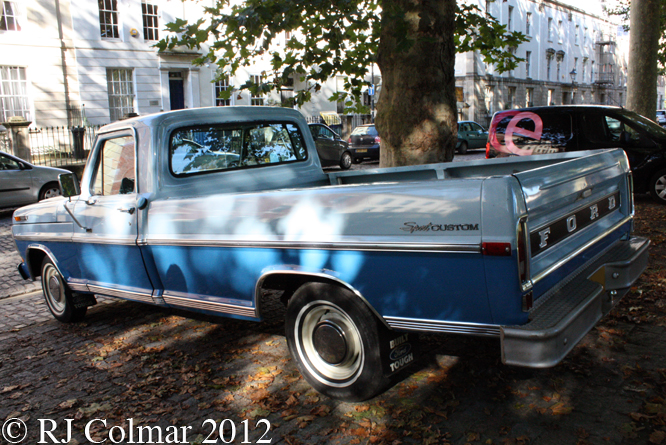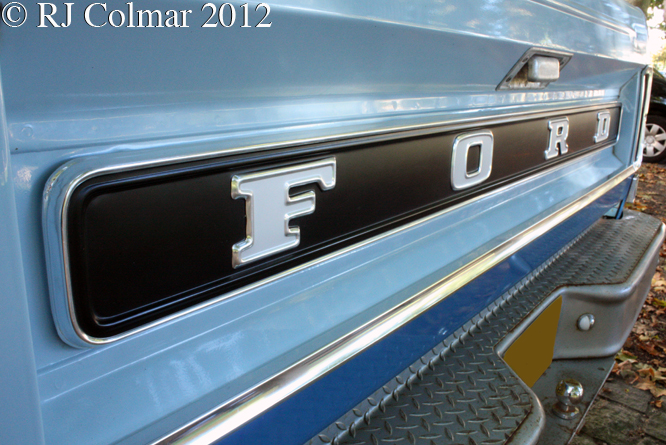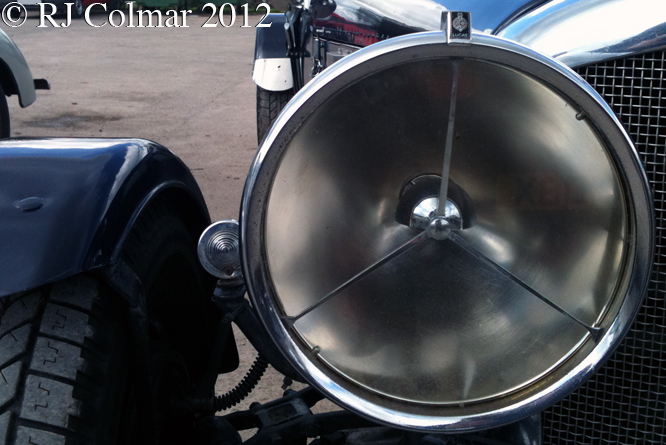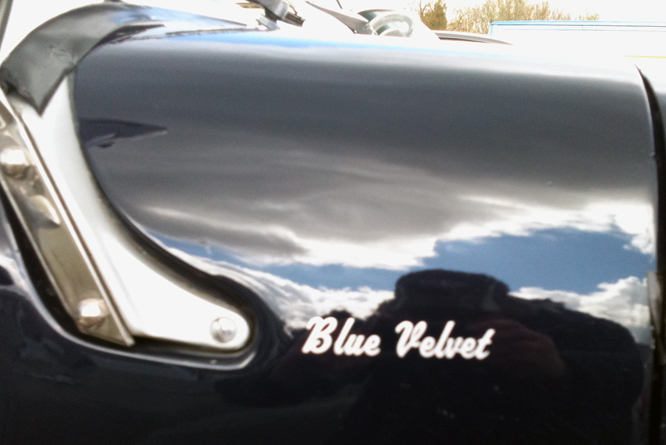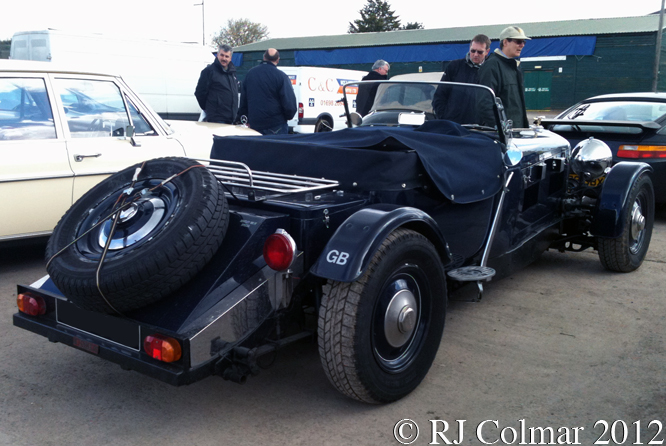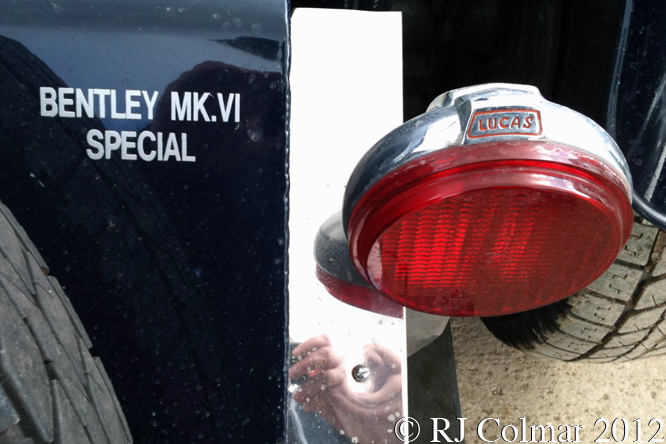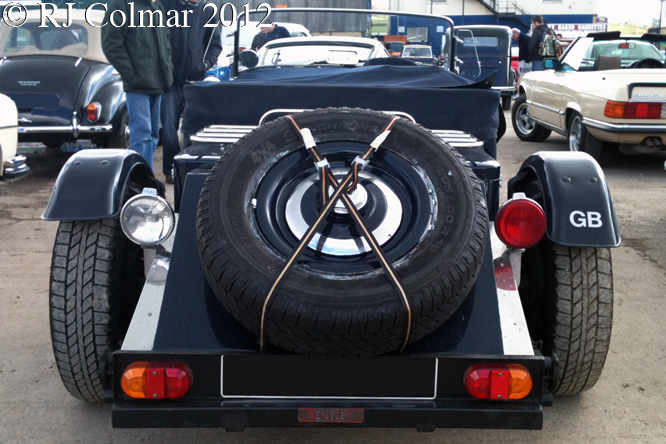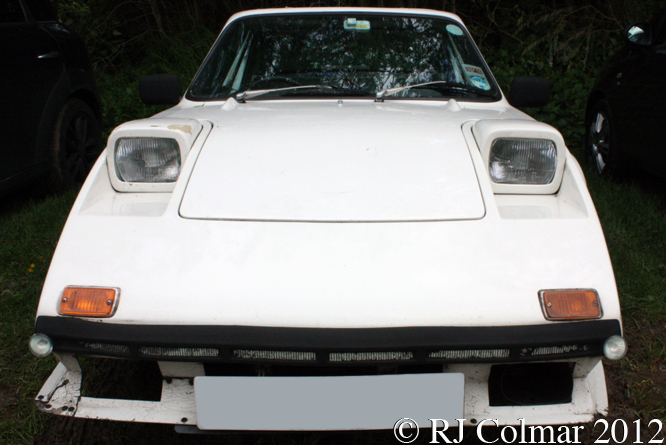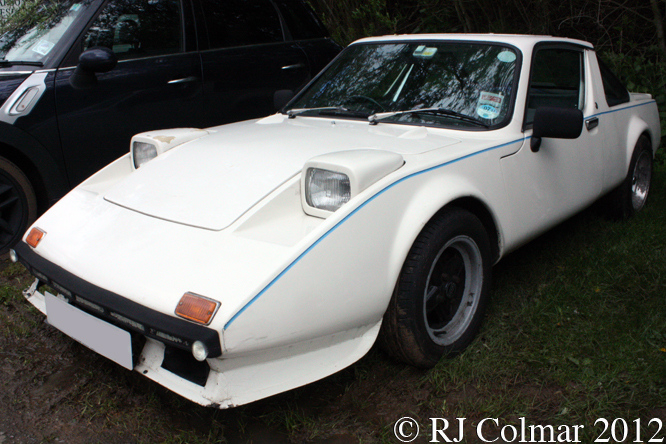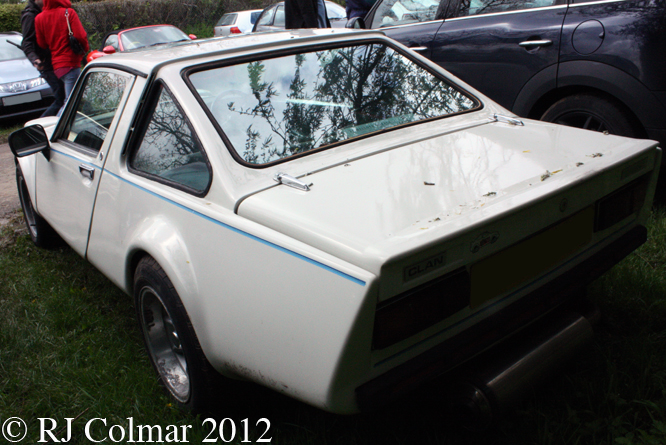Seriously regular GALPOT may remember a Ferrari Friday in March 2011 in which I posted a photograph taken in 1956 by Road & Track photographer Carlisle Blackwell featuring a Ferrari 750 Monza on the 20th Century Fox back lot.
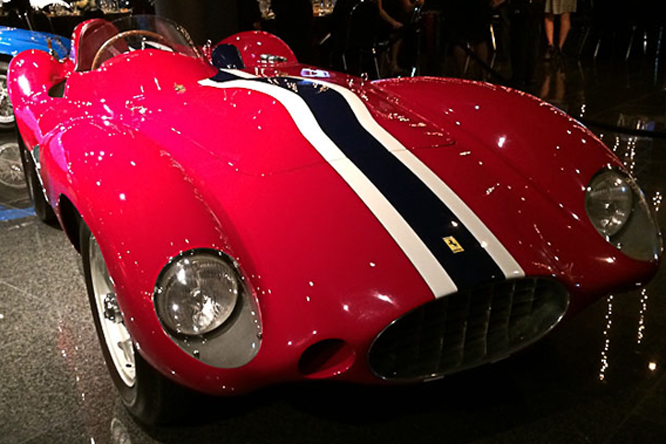
Geoffrey Horton caught up with the car chassis #0538 at the Blackhawk last year and while I have no new information about the car I thought you might enjoy looking at the one off low nose body which original owner Mr Paravano is rumoured to have paid Scaglietti well over the odds for.
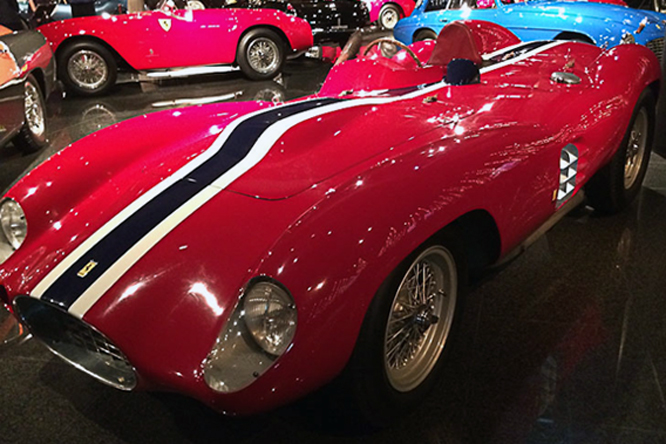
Soon after #0538M was purchased by William Shaker for $600,000 with a Chevrolet V8 installed the car is said have gone on an unmanned trip down Mr Shakers drive and come to rest against his Volvo, ironically Volvo is Latin for “I roll”.
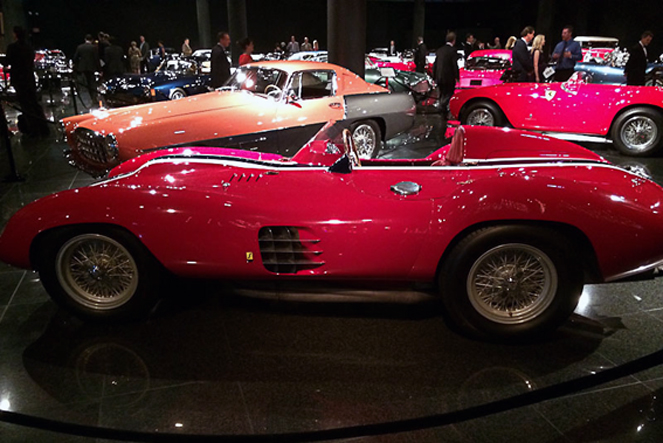
I have not been able to establish which, if indeed any, of the Ferrari’s panels were damaged in the incident.
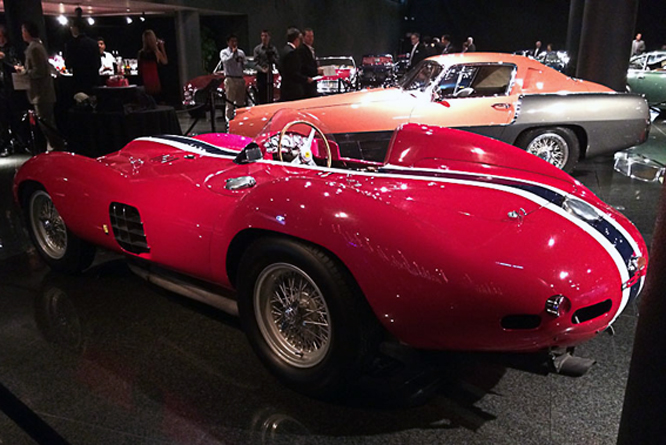
Another mystery as yet unresolved is who was seen at the wheel of #0538M when Carlisle Blackwell took the photo’s of it for the cover of Road & Track in December 1956 ?
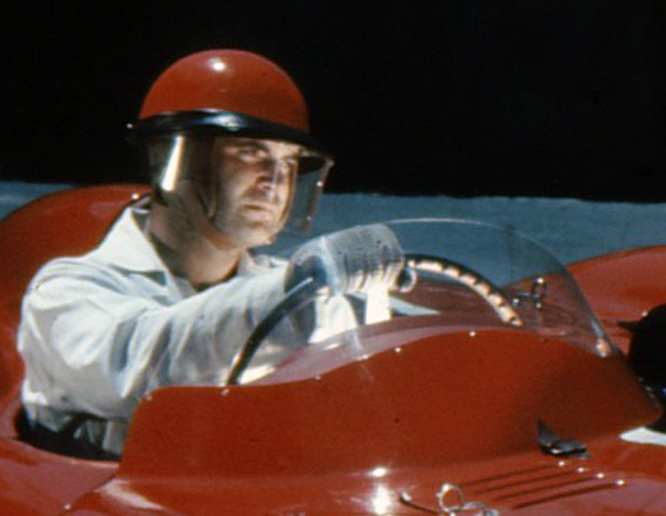
(Photo Reproduced Courtesy of the Blackwell Archive)
If you recognise him please do not hesitate to chime in below.
My thanks to Geoffrey Horton for sharing his photographs from the Blackhawk Museum and Pamela Blackwell for permission to use her fathers photograph.
Thanks for joining me on this “Volvo Survivor” edition of “Gettin’ a li’l psycho on tyres”, I hope you will join me again for a look at a nice self build. Don’t forget to come back now !
Brighton Speed Trials Under Threat of Permanent Cancellation !
In their infinite wisdom, Brighton & Hove City Council are seeking to ban the Brighton Speed Trials from 2014.
If you care about speed and or motorsport history, please sign this linked petition to save Brighton Speed Trials in 2014 and beyond.
It’s a faf to Register before signing, but relatively painless compared to loosing the event which has been run with few interruptions since 1905.
You do not need to be resident in Brighton, or even the UK to sign.
More on Brighton Speed Trials on this link.
Thanks and please spread the word through whatever social media you have at your disposal.



